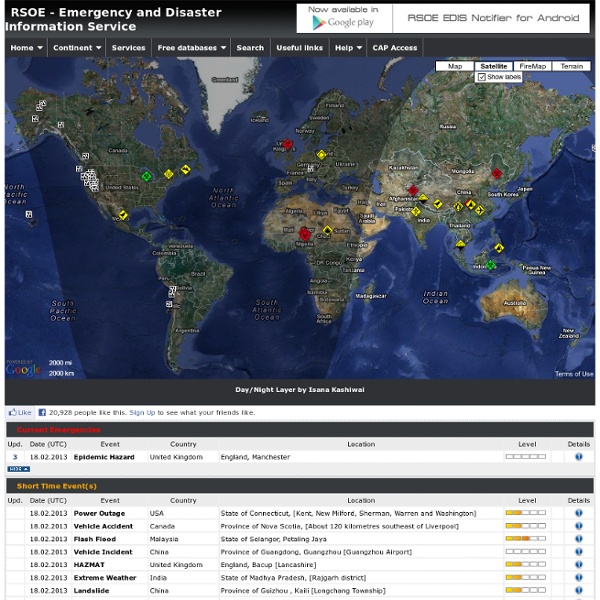



Convert just about anything to anything else Idea Mapping Success Blog I am honored to be feature in the April 2014 edition of the Using Mind Maps Magazine. This magazine’s first edition debuted May of 2013. You can view this magazine on the iPad or iPhone along with the back issues. Bookmark us! If you like this then please subscribe to the RSS Feed. March 20, 2014 was the first Biggerplate Unplugged event held in the USA in San Francisco. Here is a brief description of these photos from top-down. There were over 80 people in attendance at the Biggerplate event. The next Biggerplate event will be a 3-hour training session in Paris on May 5, 2014. March 20, 2014 was the first Biggerplate Unplugged event held in the USA in San Francisco. This day was a great opportunity to meet new friends and re-acquaint with old. In the next post I’ll share photos from the actual event! Meet Lindsey Cranfield. I was introduced to Lindsey after teaching a 1-day Idea Mapping Workshop for PRA International’s Annual Leadership Retreat in Orlando, FL in May 2013. LOOK OUT!
Language of Flowers The language of flowers, sometimes called floriography, is a means of cryptological communication through the use or arrangement of flowers. Meaning has been attributed to flowers for thousands of years, and some form of floriography has been practiced in traditional cultures throughout Europe, Asia, and the Middle East. Plants and flowers are used as symbols in the Hebrew Bible — particularly of love and lovers in the Song of Songs,[1] as an emblem for the Israelite people[2] and for the coming Messiah[3] — and of Jesus Christ in the New Testament.[4] In Western Culture, William Shakespeare ascribed emblematic meanings to flowers, especially in Hamlet, Prince of Denmark. Interest in floriography soared in Victorian England and in the United States during the 19th century. History[edit] Floriography was popularized in France about 1810–1850, while in Britain it was popular during the Victorian age (roughly 1820–1880), and in the United States about 1830–1850. Meanings[edit] See also[edit]
Top 10 Clever Hacks for Things You Thought Were Trash Time Zones Digitalhead Daily » [TIPS] RunAsDate lets you indefinitely extend software trial periods If you get a trial version of a program, it will generally give to a certain amount of time to try the software and evaluate it before buying. What if the software’s 3-day trial period just isn’t enough for you to be satisfied? There are a few programs out there that will let you run programs as a set date to get more out of a trial period, but RunAsDate from NirSoft seems to be the most simple out of the bunch. This utility is simple to use. To simplify the process later on, tell it to create a desktop shortcut. This could be a downside if the program actually uses the date and time for whatever purpose, but if you want everything to work properly, you might want to consider either buying the software or looking for an open source alternative. Now for the caveats. You may want to remove all other shortcuts to the program from your desktop and start menu after making sure this tool works with the program you are using it with. What do you think?
Free eBooks at Planet eBook - Classic Novels and Literature Moving Historical Geodata to the Web | Center for Geographic Analysis, Harvard University Moving Historical Geodata to the Web The New York Public LibrarySupported by the Alfred P. Sloan FoundationNovember 5-7, 2014 [meeting notes by Lex Berman] PDF: agenda participants Hosted by Matt Knutzen, Geospatial Librarian for NYPL, this meeting built upon the successful digitization of the NYPL map collection and established common ground with other similar institutional projects. In his opening remarks, Knutzen described the transformation of more than 20,000 historical map sheets in the NYPL collection into digital images that were subsequently made available to the general public. Each of the pieces of the NYPL transformative workflows to turn paper maps into a variety of searchable resources on the web resulted in important findings. The automation of the "first pass" in creating building footprints saved an enormous amount of time, and enabled the creation of the crowd-sourced quality control and data entry tool, called Building Inspector. DATA LIFE CYCLE1.
Identified | Welcome AllExperts Questions & Answers